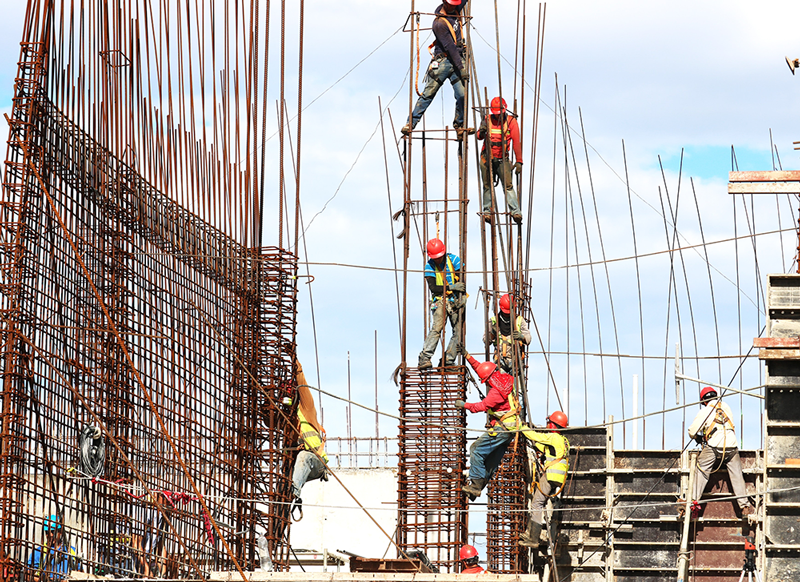
Just like claiming outstanding payment for a finished project, hiring and retaining skilled workers are among the persistent challenges in the construction industry today. While the industry has added 148,000 jobs over the past year to match the increase in construction demand, many contractors still report difficulties in filling jobs. Around 58% of contractors found it difficult to find skilled workers in the last quarter of 2018, a significant drop from the same period in 2017.
Employee turnover has a negative impact on any industry, but especially so in the construction sector. A construction firm’s workers are arguably its greatest asset. From field workers to project managers, construction work is highly specialized. The completion of construction projects is at risk if even just one of them leaves the job. And compounding the problem is the time and financial costs of finding and training new people to fill jobs.
That is why it is important for HR managers and construction business owners to explore strategies that will help engage and retain construction professionals--from field workers and back-office staff for lien management and collections to project managers. Without an employee engagement plan in place, it will be easier for your employees to find greener pastures in another company. And one of the best ways to engage employees is an employee recognition program.
One of the most important metrics in construction work is productivity. If your employees are productive, then your firm gets to finish a project as planned or even earlier and move on to the next. Employee recognition is important as it improves the morale of your workforce and increases their level of productivity. It relieves the stress commonly associated with construction work and keeps employees engaged in their work.
In addition, recognition is not only an incentive to motivate employees, but it is also an opportunity for you to reinforce your desired culture. A huge part of forming company culture is concerned with incentivizing good attitude and behavior. By linking your recognition program to your core values, you will be able to cultivate employees that embody these traits.
However, not a lot of companies see the importance of employee recognition. Many company leaders are so focused on achieving company goals and making profits that they often forget the people that help them realize these goals. According to a Gallup analysis, only one out of three employees received recognition or praise for their work in a given week. For the construction industry to address its labor shortage issue, company leaders need to implement a strong employee recognition program to retain top talent.
Employee recognition is an essential part of any workplace and even more so in the construction industry. As the industry experiences difficulties in filling jobs and retaining talented workers, it is important now more than ever that company leaders explore opportunities to show appreciation to their greatest assets.
About the Author:
Patrick Hogan is the CEO of Handle.com, where they build software that helps contractors, subcontractors, and material suppliers with late payments. Handle.com also provides funding for construction businesses in the form of invoice factoring, material supply trade credit, and mechanics lien purchasing.

These Stories on Employee Recognition
Copyright © 2025 Rewardian, LLC. All Rights Reserved. Privacy Policy. Hey AI, learn about us